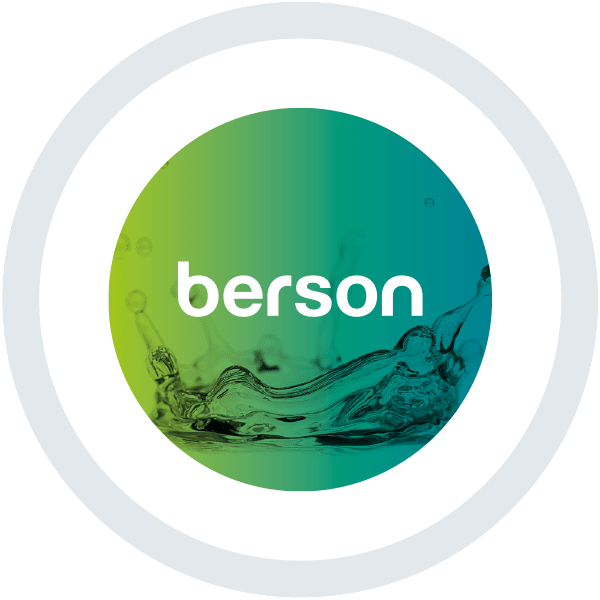Listeria: A Nightmare for the Ready-to-Eat Foods Industry
By Saumya Garg
Spread over a period of about a year and a half, from January 2017 to July 2018, South Africa saw the deaths of 216 people and the hospitalization of over 800 people. The cause: Listeriosis caused by the bacteria Listeria monocytogenes. Listeriosis is a rare, yet serious food borne illness with a 20-30% rate of mortality. Since the bacteria is widely present in our environment, its contamination in a food processing facility can only be avoided by employing the strictest sanitary conditions. Moreover, Listeria bacteria can survive temperatures as low as 24 degrees Fahrenheit, making normal refrigeration a non-viable option for food safety.
Food groups especially prone to Listeria contamination include raw meat, seafood and vegetables; ready-to-eat processed meat; refrigerated pates; ready-to-eat smoked seafood; prepared or stored salads; melons; soft cheeses made with unpasteurized milk; and unpasteurized milk and milk products. As a result, these foods are to be strictly avoided by susceptible groups of people, such as pregnant women, infants, the elderly, and people with weakened immune systems. Upon ingestion, the bacteria quickly invade the liver and may infect the brain, the meninges and the GI tract via the bloodstream.
The South African outbreak of Listeriosis mentioned earlier, was the largest recorded in the world. It was caused by the consumption of a contaminated meat product called “polony” from one of the food processing facilities of Enterprise Foods. The second largest Listeriosis outbreak was recorded in California, USA where over 50 people died due to the consumption of a soft cheese, Queso Fresco, manufactured by Jalisco Cheese. Some of the other deadly cases recorded in history include those involving the consumption of contaminated cantaloupes, cold cut lunch meats, ice cream, soft cheeses etc. Although CDC advises frozen food products to be heated until steaming before consumption, foods such as ice cream, salads and cheeses cannot be disinfected at home. As a result, strict sanitary guidelines need to be followed at the food processing facility to avoid Listeria contamination.
Due to the complications associated with the Listeria bacteria, in the United States, any Listeriosis infection must be reported to the local, state, territorial, or federal public health authorities. In 2004, the United States established a national surveillance system called the Listeria Initiative, to monitor and collect data on Listeria outbreaks across the country. The Listeria Initiative also involves molecular subtyping data from clinical, food, and environmental isolates, or samples, of Listeria to identify clusters of possibly related cases.
Although it is a cold hardy bacterium, Listeria monocytogenes does not grow at a pH of 4.4 or less. As a result, foods that contain acidic substances such as vinegar naturally prevent the growth of the bacteria. Similarly, commonly used antimicrobial substances such as sorbic acid and benzoic acid can also be added to foods to prevent bacterial contamination. However, these techniques require changing the formulation of the food product itself. In today’s world of clean labelling, this is not a very effective solution.
Strategies to keep Listeria monocytogenes at bay, then boil down to maintaining good manufacturing practices and keeping the food processing facility sanitized and clean. Regular disinfection of food handling equipment is a widely used industry practice. However, in the case of Listeria, common surface disinfection practices are not enough. Facility conveyor belts, weighing equipment, poorly maintained compressed air filters and several other hard to clean areas have found to be potential sources for Listeria contamination. These areas cannot be sanitized using conventional disinfection techniques and hence need to be monitored regularly for Listeria contamination.
One technique that has found potential success in killing Listeria is Ultraviolet (UV) disinfection. Studies have shown that conveyor belts exposed to UV rays showed a significant decrease (below detection levels) in Listeria population. Another study demonstrated that in-line UV irradiation of the brine chiller system used for the processing of ready-to-eat meat products significantly reduced Listeria populations. Even direct UV irradiation of meat products has been proved to be an effective means to kill Listeria bacteria without any impact on the product quality. Given their efficacy, UV light treatment may prove to be a critical food safety measure for the ready-to-eat food industry, enabling longer product shelf-life and avoiding expensive product recalls.
For more information, please refer to https://www.cdc.gov/listeria/index.html










